Why Your 2400 Calorie Meal Plan Isn’t Working (And How to Fix It)
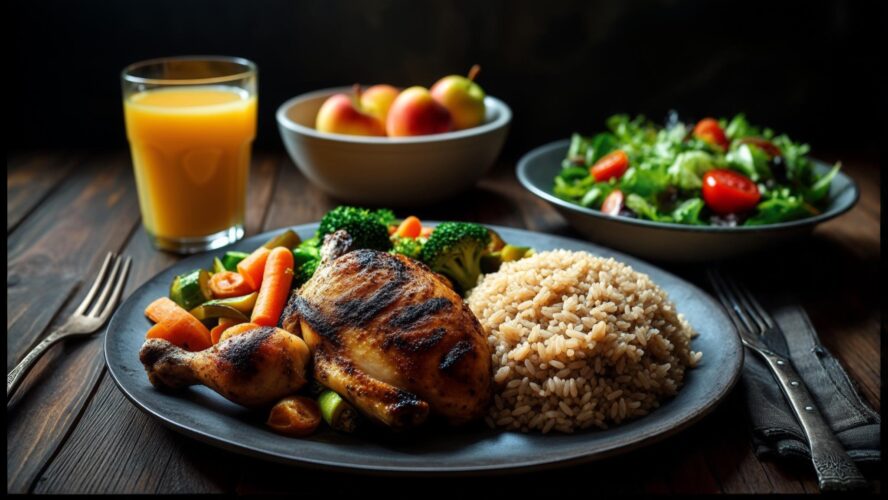
Look, I’ve been doing this for years, and here’s what I’ve learned: most people following a 2400-calorie meal plan focus solely on hitting their daily number. Research from the BetterMe nutrition guidelines shows that a typical healthy 2400-calorie meal plan should involve 3 cups of vegetables, 2 cups of fruits, 8 ounces of grain, 3 cups of dairy, and 6½ ounces of protein. Yet even when people hit these exact targets, many still struggle with their results.
The problem isn’t what you’re eating – it’s that your body has some pretty specific opinions about how it wants to process those 2400 calories throughout the day. I’ve worked with a lot of people who meticulously track every calorie, weigh their food portions, and follow meal plans to the letter, only to plateau after a few weeks. The missing piece? Understanding how your body actually handles those calories once they’re inside you.
Table of Contents
- When to Eat Your Biggest Meals (Timing Really Does Matter)
- Why Your Body Clock Controls Your Metabolism
- The Best Times to Eat for Maximum Results
- How Your Hormones Mess With Your Meal Plan (And What to Do About It)
- You’re Wasting Money on Empty Calories: The Micronutrient Problem
- Making Every Calorie Count for Maximum Nutrition
- The Absorption Game-Changer Most People Ignore
- Teaching Your Body to Be a Fat-Burning Machine
- Why Eating the Same Thing Every Day Keeps You Stuck
- The Carb Cycling Method That Actually Works
- Building Muscle on 2400 Calories: What They Don’t Tell You
- The Leucine Secret for Muscle Growth
- Why Your Genes Might Be Working Against You
- How Your Gut Bacteria Determine Your Results
TL;DR
- Your body’s internal clock dramatically affects how you process calories – eating 40% of your 2400 calories in the morning when insulin sensitivity peaks can transform your results
- Most people waste their calorie budget on nutritionally empty foods when every calorie should deliver maximum vitamins, minerals, and nutrients
- Pairing the right foods can increase nutrient absorption by 300% – it’s not just what you eat, it’s what you eat together
- Mixing up your carbs throughout the week within your 2400-calorie framework trains your metabolism to burn fat more efficiently
- Each meal needs 2.5-3g of leucine to trigger muscle protein synthesis – most people fall short without realizing it
- Some people’s bodies are just better at squeezing every last calorie out of food – you might be absorbing up to 200 extra calories from the same foods, which means you need to adjust accordingly
When to Eat Your Biggest Meals (Timing Really Does Matter)
Here’s the thing nobody talks about: research on intermittent fasting protocols demonstrates how meal timing can dramatically impact metabolic outcomes.
Most 2400 calorie meal plan approaches completely ignore your body’s natural rhythms, but recent studies show that meal timing can be just as important as food choices. Your metabolism, hormone production, and nutrient absorption follow predictable patterns throughout the day that dramatically impact whether you gain muscle, lose fat, or maintain your current weight.
Think of your body like a moody teenager – it wants what it wants when it wants it. Understanding these patterns allows you to work with your biology instead of fighting against it when structuring your 2400 calorie meal plan. I’ve seen people break through months-long plateaus simply by shifting when they eat their largest meals.

Why Your Body Clock Controls Your Metabolism
Your body operates on distinct metabolic phases throughout each 24-hour period, with insulin sensitivity naturally peaking in the morning and declining toward evening. Meanwhile, growth hormone and recovery processes activate during sleep. These aren’t just minor fluctuations – they represent major shifts in how efficiently your body processes and stores the calories you consume.
Think about it: your cortisol levels are highest in the morning, your body temperature fluctuates throughout the day, and your digestive enzymes follow predictable patterns. Why would we ignore all of this biological programming when planning our meals?
Here’s a simple way to think about it: eat like a king at breakfast, a prince at lunch, and a pauper at dinner.
| Time Window | Metabolic State | Insulin Sensitivity | Optimal Calorie % | Best Macronutrient Focus |
|---|---|---|---|---|
| 6 AM – 10 AM | Anabolic Peak | Highest (100%) | 35-40% (840-960 cal) | Complex carbs + protein |
| 10 AM – 2 PM | Maximum Burn | High (85%) | 35-40% (840-960 cal) | Balanced macros |
| 6 PM – 10 PM | Recovery Mode | Low (60%) | 20-25% (480-600 cal) | Protein focus, minimal carbs |
The Morning Sweet Spot: When Your Body Actually Wants Food (6 AM – 10 AM)
Learning how to prepare nutrient-dense breakfast options can help maximize this critical window.
During these early hours, cortisol naturally peaks while your insulin sensitivity reaches its daily high point. This creates the perfect storm for consuming 35-40% of your daily 2400 calories (that’s 840-960 calories). Your body is basically saying “bring on the carbs and protein” – it’s primed to shuttle these nutrients directly into muscle tissue rather than fat storage.
Sarah, a 28-year-old marketing professional, struggled with her 2400-calorie plan until she shifted 900 calories to her morning window. By eating a substantial breakfast of oatmeal with berries, Greek yogurt, and nuts (850 calories), she noticed improved energy levels and finally lost the stubborn 10 pounds that had been stuck for months.
Midday Metabolic Peak: When Your Engine Runs Hottest (10 AM – 2 PM)
Your metabolic rate hits its daily maximum during this four-hour window, which means your body is burning calories at its fastest pace. This is when you can handle your largest meal of the day – anywhere from 600-720 calories with balanced macronutrients.
Those higher calorie foods that might cause problems later in the day? They’re perfectly fine here because your metabolism is running at full throttle. I tell my clients this is their “metabolic permission slip” to enjoy foods they might otherwise worry about.
Evening Wind-Down: The Danger Zone (6 PM – 10 PM)
As melatonin production begins and insulin sensitivity drops significantly, your body starts preparing for rest and recovery. During this window, limit yourself to just 20-25% of your daily calories (480-600 calories) and focus on easily digestible proteins while going easy on refined carbohydrates.
What you eat during these hours has a much higher chance of being stored as fat. I’ve watched people completely transform their body composition simply by moving their largest meal from dinner to lunch.
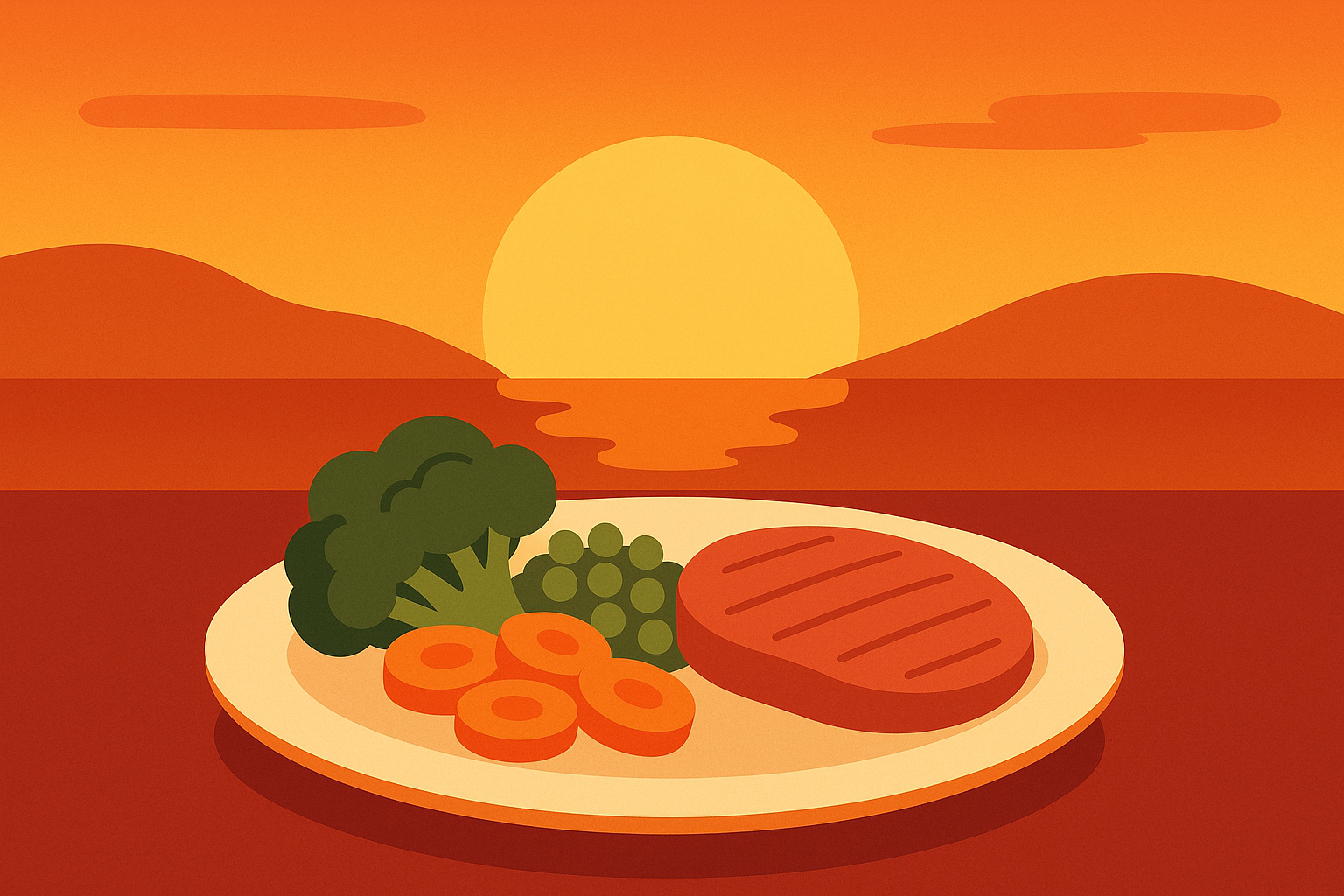
How Your Hormones Mess With Your Meal Plan (And What to Do About It)
Aligning your 2400-calorie intake with your natural hormone fluctuations can enhance muscle protein synthesis, fat oxidation, and recovery processes in ways that traditional meal timing simply can’t match. The key is understanding how leptin and ghrelin – your primary hunger and satiety hormones – respond to different eating patterns.
Leptin Reset: Breaking Through Plateaus
Try skipping breakfast once a week – I know it sounds crazy, but hear me out. Implementing weekly 16-hour fasting windows can restore leptin sensitivity and prevent the metabolic adaptation that often stalls progress on higher-calorie plans. When leptin signaling becomes impaired (which happens with consistent overeating), your brain doesn’t receive proper “fullness” signals, making it nearly impossible to stick to your 2400-calorie target.
I recommend doing this once per week, typically from Sunday evening through Monday afternoon. It’s amazing how this simple reset can restore your natural hunger cues.
Ghrelin Management: Spacing Your Meals Right
Space your meals 4-5 hours apart to allow ghrelin levels to naturally rise and fall in healthy patterns. This optimizes your hunger cues and prevents the constant snacking that can easily push you over your 2400-calorie limit.
Most people eat too frequently, keeping ghrelin suppressed and messing up their natural appetite regulation. When was the last time you actually felt genuinely hungry before a meal?
You’re Wasting Money on Empty Calories: The Micronutrient Problem
Understanding digestive optimization strategies can help your body extract more nutrients from the foods you consume.
Look, hitting 2400 calories is easy – you could do it with pizza and soda. But getting the most nutritional bang for your caloric buck within this framework requires smarter food selection that goes far beyond basic macronutrient ratios. Every single calorie needs to work harder, delivering maximum nutritional value instead of just filling up your daily quota.
I see people spending hundreds of dollars on supplements while eating nutritionally bankrupt foods that make up 60% of their daily calories. It’s like trying to fill a bucket with a giant hole in the bottom.
According to BetterMe’s nutritional analysis, you should limit saturated fats to 27 grams or less, added sugars to 60 grams or less daily, and sodium to 2300 mg per day when following a 2400 calorie meal plan.
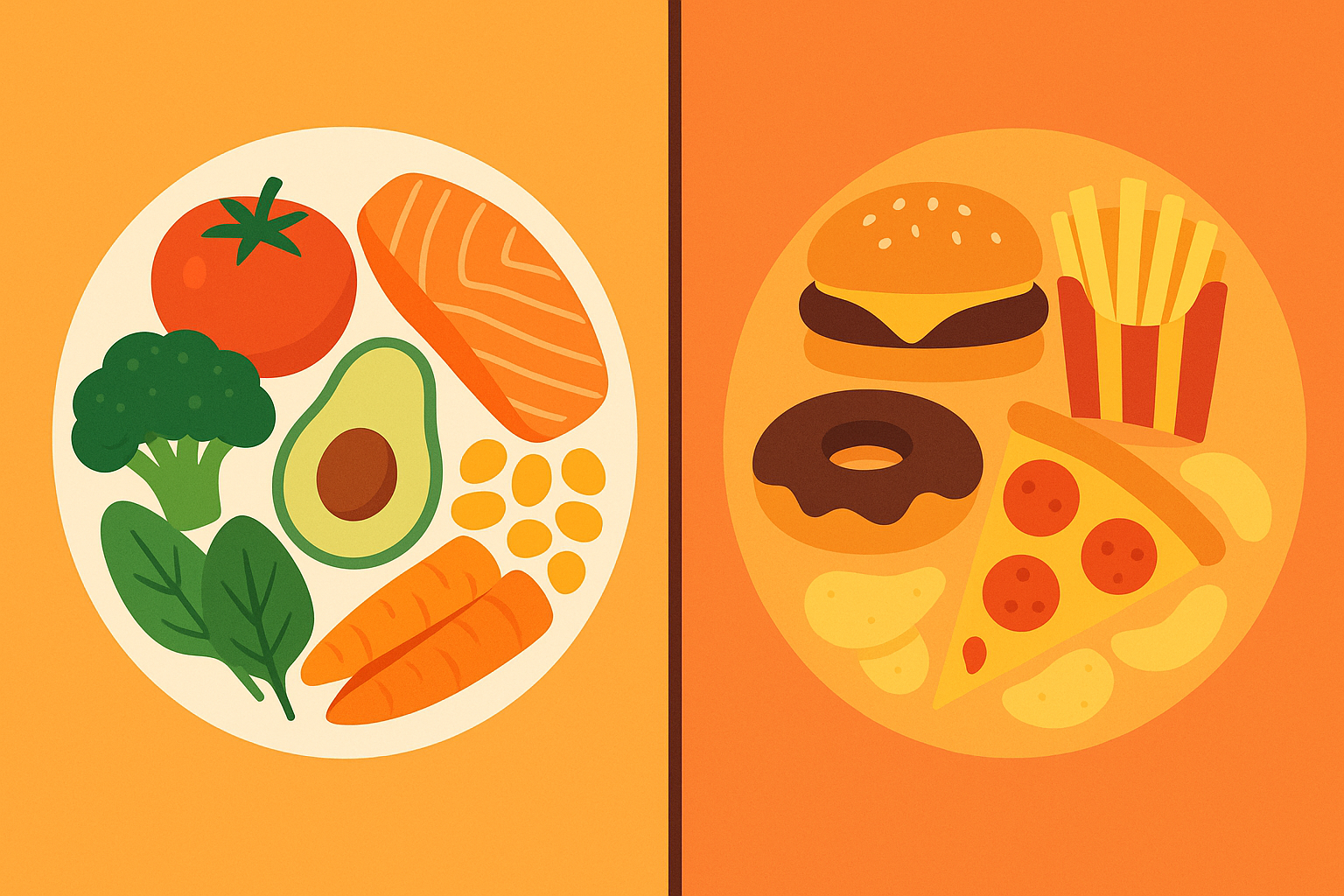
Making Every Calorie Count for Maximum Nutrition
The concept of getting the most nutrition per calorie should guide every food choice in your 2400-calorie plan. You want foods that provide the highest concentration of vitamins, minerals, and phytonutrients per caloric unit. This isn’t about eating less – it’s about eating smarter and getting more nutritional value for your caloric investment.
Superfood Integration: Small Changes, Massive Impact
Adding just a few nutrient-packed foods to what you’re already eating can make a huge difference. For example, just one tablespoon of spirulina (60 calories) delivers 8g of complete protein plus a full spectrum of B-vitamins. Hemp hearts provide 170 calories of complete amino acids plus omega-3s. Organic berries pack incredible antioxidant power into relatively few calories.
You don’t need fancy supplements – just smarter food choices that can dramatically increase the nutritional value of your existing meals.
Daily Superfood Integration Checklist:
- ☐ 1 tbsp spirulina or chlorella (60 calories)
- ☐ 2 tbsp hemp hearts (170 calories)
- ☐ 1 cup mixed berries (80 calories)
- ☐ 1 tbsp chia seeds (60 calories)
- ☐ ¼ cup raw nuts or seeds (160 calories)
- ☐ 2 cups dark leafy greens (40 calories)
The Absorption Game-Changer Most People Ignore
Here’s something that’ll blow your mind: nutrient absorption can vary dramatically based on food combinations, preparation methods, and timing. You might be eating all the right foods but only absorbing a fraction of their nutrients due to poor pairing strategies. This makes understanding absorption enhancement techniques essential for maximizing your 2400-calorie investment.
Fat-Soluble Vitamin Optimization: The 300% Solution
Pairing carotenoid-rich vegetables with healthy fats can increase beta-carotene absorption by up to 300%. Something as simple as adding one tablespoon of olive oil to your salad transforms it from a low-absorption meal into a nutrient powerhouse.
Similarly, consuming vitamin D sources alongside magnesium-rich foods enhances uptake significantly. I always tell people to think about nutrient partnerships, not just individual nutrients.
Mineral Absorption: Timing Is Everything
Separate iron-rich foods from calcium sources by at least 2 hours, since calcium blocks iron absorption. Always consume vitamin C with non-heme iron sources (spinach or beans) to enhance uptake. Avoid coffee or tea within 1 hour of iron-containing meals – the tannins can reduce absorption by up to 60%.
Mark discovered his iron levels were low despite eating iron-rich foods daily. After learning about absorption blockers, he moved his morning coffee to 2 hours after breakfast and started pairing his spinach salads with bell peppers (vitamin C). His iron levels normalized within 8 weeks.
How to Help Your Body Actually Absorb the Good Stuff
Research on gut health optimization shows how fermented foods can dramatically improve nutrient extraction.
Include 150-200 calories daily from naturally fermented foods such as sauerkraut, kimchi, or kefir. These provide digestive enzymes that enhance nutrient extraction from your remaining calories. Think of fermented foods as your digestive system’s personal trainers – they help you get more nutrition from everything else you eat.
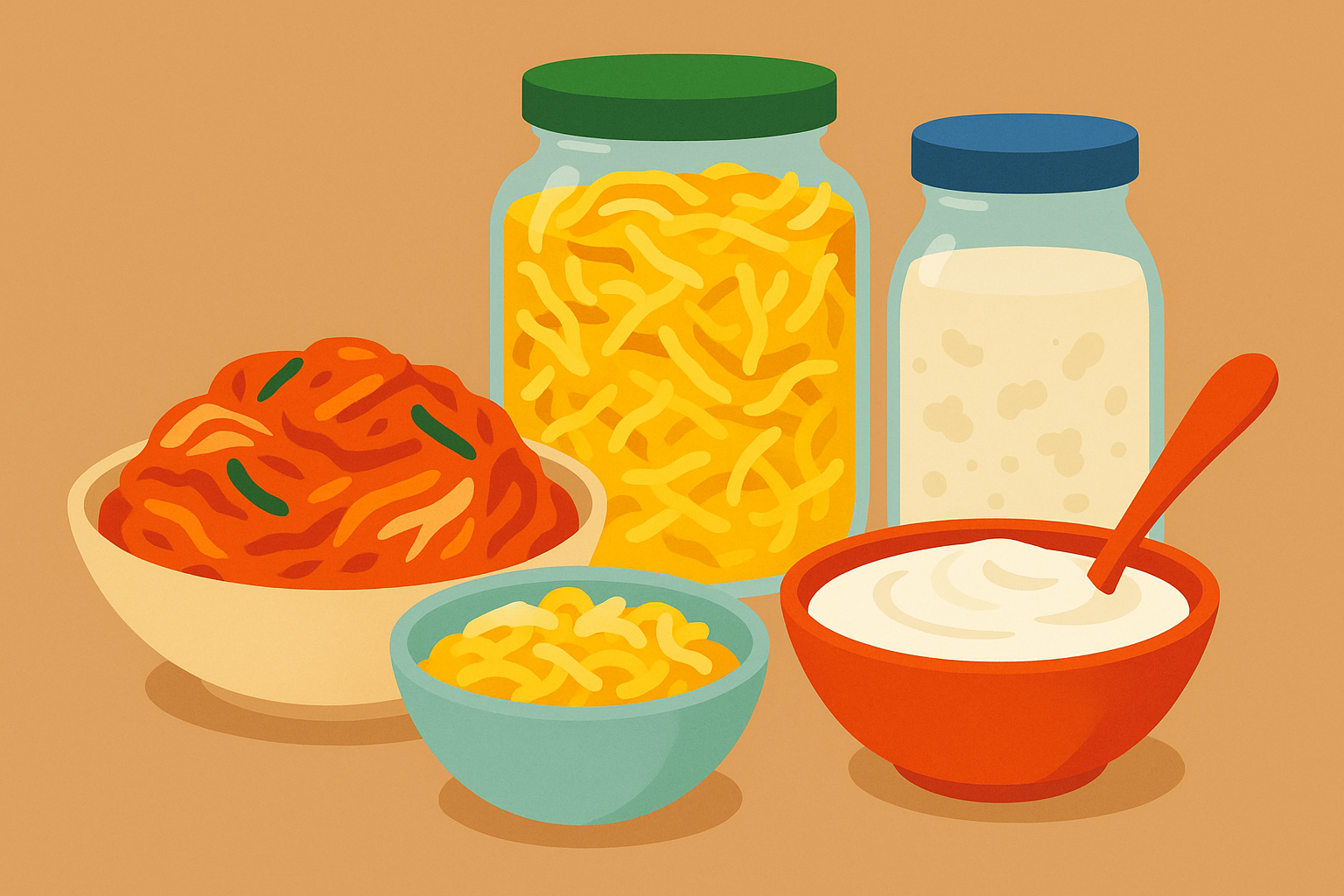
Teaching
Teaching Your Body to Be a Fat-Burning Machine
A smarter approach to your 2400 calorie meal plan involves teaching your metabolism to efficiently switch between different fuel sources. This metabolic flexibility enhances both performance and body composition in ways that eating the same thing every day simply can’t achieve. The goal is creating a metabolism that adapts and responds rather than one that gets stuck in patterns.
Why Eating the Same Thing Every Day Keeps You Stuck
Understanding carb tolerance and metabolic flexibility can help optimize your approach within caloric constraints.
Mixing up your carbs throughout the week within your 2400-calorie framework can enhance insulin sensitivity, improve fat oxidation capacity, and build metabolic resilience. Your body adapts to whatever you consistently feed it – if you eat the same macronutrient ratios every day, your metabolism becomes lazy and inflexible.
I’ve seen this countless times: people follow the exact same meal plan for months, see initial results, then hit a wall. Their metabolism has adapted and stopped responding.
The Carb Cycling Method That Actually Works
Try mixing up your carbs throughout the week – some days eat more rice and oats, other days focus on vegetables and protein. Implement 3-day cycles within your 2400 calories: high-carb day (300g carbs, 1200 calories from carbs), moderate day (200g carbs, 800 calories from carbs), and low-carb day (100g carbs, 400 calories from carbs). Maintain your 2400 calories total by adjusting fat and protein intake accordingly. This keeps your metabolism guessing and prevents adaptation.
| Cycle Day | Carbs (g) | Carb Calories | Protein (g) | Protein Calories | Fat (g) | Fat Calories | Total Calories |
|---|---|---|---|---|---|---|---|
| High Carb | 300g | 1200 | 180g | 720 | 53g | 480 | 2400 |
| Moderate | 200g | 800 | 200g | 800 | 89g | 800 | 2400 |
| Low Carb | 100g | 400 | 220g | 880 | 136g | 1120 | 2400 |
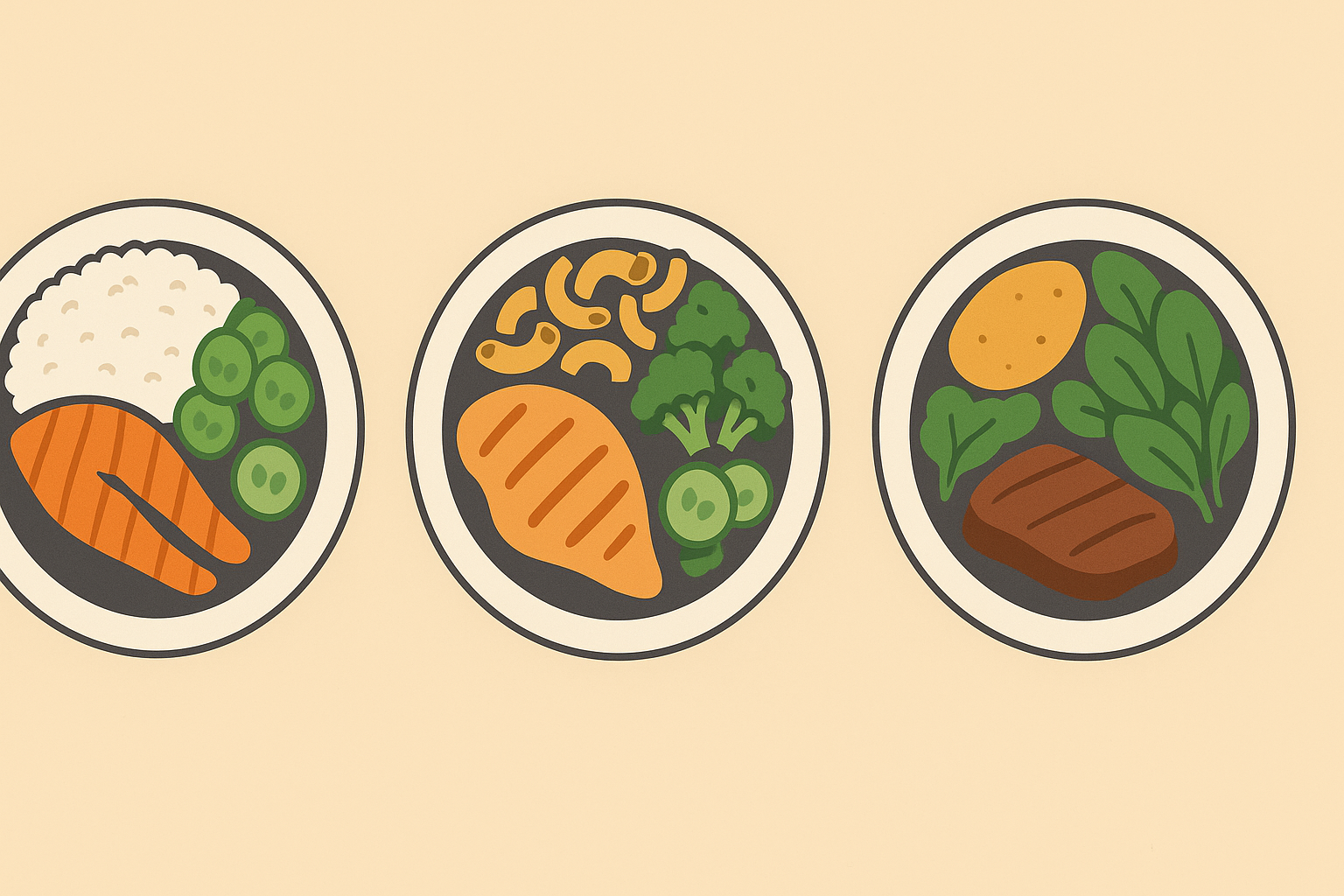
Controlled Metabolic Challenges: Strategic Stress
Controlled periods of nutrient timing manipulation within your 2400-calorie plan can stimulate beneficial metabolic adaptations including enhanced mitochondrial biogenesis and improved glucose metabolism. The key word here is “controlled” – you’re not randomly restricting calories, but strategically challenging your system.
Compressed Feeding Windows: The Weekly Reset
Once weekly, consume your full 2400 calories within an 8-hour window to stimulate autophagy and metabolic efficiency, followed by a 16-hour fasting period. This isn’t about eating less – it’s about eating the same amount in a compressed timeframe to give your body time to clean house.
Strategic Post-Workout Timing
Occasionally consume 40% of your daily calories post-workout (regardless of what time that falls) to maximize the anabolic window and challenge your metabolic flexibility. This teaches your body to efficiently process large nutrient loads when they’re most needed for recovery and growth.
Building Muscle on 2400 Calories: What They Don’t Tell You
When specifically targeting muscle growth, your 2400 calorie meal plan requires precise protein timing, leucine thresholds, and anabolic window maximization that goes far beyond simply drinking a protein shake after your workout. The devil is in the details, and most people miss the crucial elements that make the difference between mediocre and exceptional results.
A properly structured 2400 calorie meal plan for muscle building must prioritize protein quality and timing over simple quantity. I’ve watched people eat 200g of protein daily and still struggle to build muscle because they ignored these fundamental principles.
Research from BetterMe’s muscle-building protocols shows that girls and women aged 14 and over need at least 46 grams of protein, while boys aged 14-18 should consume 52 grams of protein, and adult men should ingest 56 grams daily as a baseline. However, these baseline numbers are woefully inadequate for serious muscle building within a 2400 calorie meal plan.

The Leucine Secret for Muscle Growth
Think of leucine as the key that starts your muscle-building engine. Each meal should contain 2.5-3g of leucine to trigger muscle protein synthesis. This requires strategic protein source selection and timing throughout your 2400-calorie day. Without adequate amounts at each meal, you’re leaving muscle-building potential on the table regardless of your total protein intake.
Most people focus on total daily protein but completely ignore leucine distribution. This single oversight can sabotage months of training effort.
Leucine-Rich Meal Architecture: Building Around the Right Proteins
Structure your meals around high-leucine protein sources: 6oz chicken breast provides 2.5g leucine, 1 cup Greek yogurt delivers 2.8g leucine, and 1.5 scoops of whey protein contain 3.2g leucine. These should serve as the foundation of each meal, with other foods built around them to reach your caloric targets.
High-Leucine Protein Template:
- ☐ Meal 1: Greek yogurt (1 cup) + berries + nuts = 2.8g leucine
- ☐ Meal 2: Chicken breast (6oz) + quinoa + vegetables = 2.5g leucine
- ☐ Meal 3: Whey protein (1.5 scoops) + banana + almond butter = 3.2g leucine
- ☐ Meal 4: Eggs (3 whole) + cottage cheese (½ cup) = 2.6g leucine
Protein Distribution: Sustained Muscle Building
Distribute protein evenly across 4 meals (40-50g each) rather than loading up at dinner. This maintains elevated amino acid levels for sustained muscle protein synthesis throughout the day. Your muscles can’t store amino acids for later use – they need a steady supply to maximize growth.
James, a 35-year-old engineer, was eating 150g of protein daily but consuming 80g at dinner and minimal amounts earlier. After redistributing to 40g per meal across 4 meals, he gained 3 pounds of lean muscle in 8 weeks while maintaining his 2400-calorie intake.
Power Combinations: Making Meals Work Harder
Certain nutrient combinations within your 2400 calories can amplify muscle-building signals beyond what individual macronutrients achieve alone. Understanding these partnerships allows you to create meals that are greater than the sum of their parts.
Post-Workout Precision: Strategic Insulin Use
Combine fast-digesting carbohydrates (30-40g) with complete proteins immediately post-workout to maximize insulin’s anti-catabolic effects and enhance nutrient uptake into muscle tissue. This isn’t about randomly spiking insulin – it’s about using it strategically when your muscles are primed for growth.
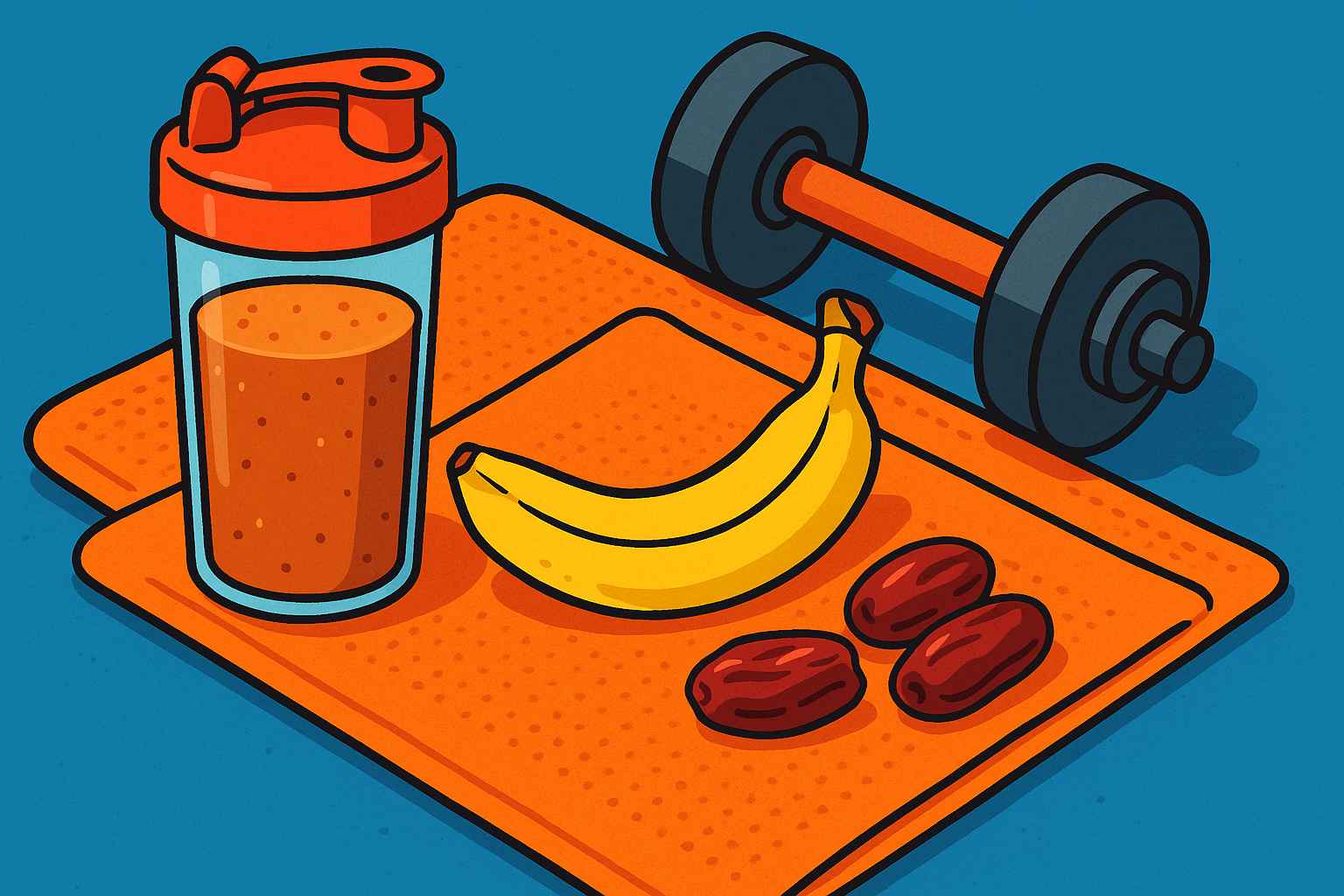
Why Your Genes Might Be Working Against You
Here’s something that’ll blow your mind: your genetic makeup, gut bacteria, and metabolic type dramatically influence how your body processes a 2400-calorie intake. Standard meal plans completely ignore these individual differences, which explains why the same approach produces wildly different results for different people.
Personalization isn’t just nice to have – it’s essential for optimal outcomes. I’ve seen identical twins following the same meal plan achieve completely different results due to genetic variations.
Genetic Expression: Why One Size Fits None
Common genetic variants such as FTO, APOE, and MTHFR affect everything from satiety signaling to nutrient metabolism. These genetic differences make one-size-fits-all 2400-calorie approaches ineffective for achieving optimal results. Understanding your genetic predispositions allows you to modify your approach for better outcomes.
FTO Gene Variant: The Always-Hungry Gene
If you carry the FTO risk allele (affecting 40% of the population), you’ll need to increase protein to 35% of calories (840 calories from protein) and emphasize high-volume, low-calorie-density foods to overcome impaired satiety signaling. Your brain simply doesn’t receive “fullness” signals as effectively as others.
This explains why you might feel hungry even after eating a substantial meal while your friend feels satisfied with less food.
FTO Variant Meal Plan Adjustments:
- ☐ Increase protein to 35% of total calories (210g protein)
- ☐ Add 2 cups extra vegetables per meal for volume
- ☐ Include 5g fiber per 100 calories consumed
- ☐ Space meals 5-6 hours apart for stronger hunger signals
APOE4 Carrier Modifications: Brain-Protective Nutrition
APOE4 carriers should limit saturated fat to less than 7% of total calories (under 168 calories) while increasing omega-3 fatty acids to 2-3% of calories (48-72 calories) to optimize cognitive function and reduce inflammation markers. This genetic variant affects how your brain processes fats.
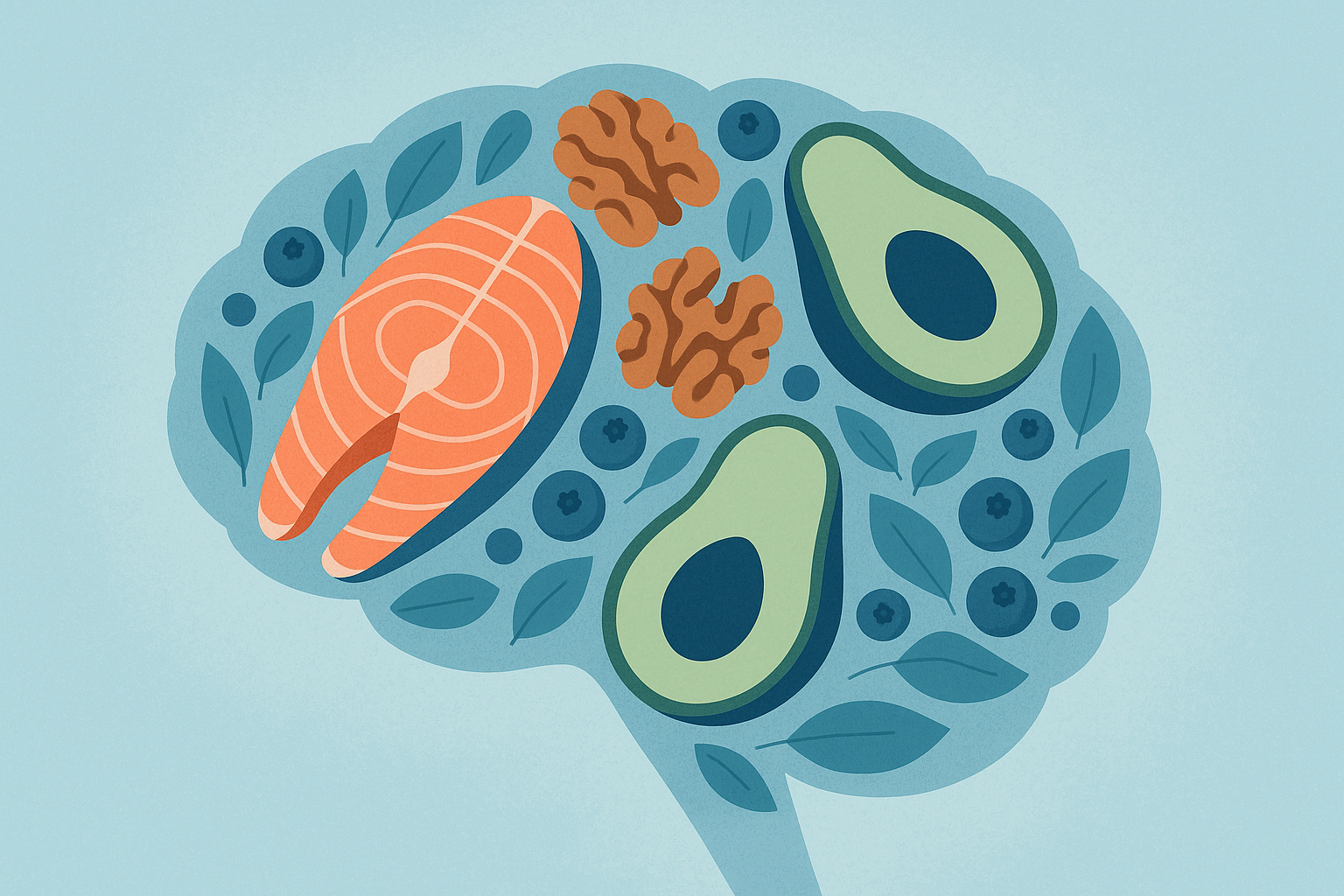
How Your Gut Bacteria Determine Your Results
Understanding gut health optimization strategies can help improve your body’s efficiency in processing nutrients from your meal plan.
Spoiler alert: your gut bacteria have opinions about your food choices. Your gut bacteria composition determines how efficiently you extract calories from food, with some individuals absorbing up to 200 additional calories daily from the same 2400-calorie intake due to microbiome differences. This isn’t a small variation – it’s the difference between maintaining weight and gaining a pound every 17 days.
The Calorie Extraction Problem
High Firmicutes ratios (associated with increased calorie extraction) require 10-15% more fiber intake (35-40g daily) and resistant starch (20-30g) to rebalance bacterial populations and prevent excess calorie absorption. Some people’s gut bacteria are simply more efficient at extracting energy from food – it’s not fair, but it’s reality.
Feeding the Right Bacteria
Include 150-200 calories daily from prebiotic-rich foods such as Jerusalem artichokes, green bananas, and cooked-then-cooled potatoes to feed beneficial bacteria that produce metabolism-regulating SCFAs. These compounds directly influence your metabolic rate and insulin sensitivity.
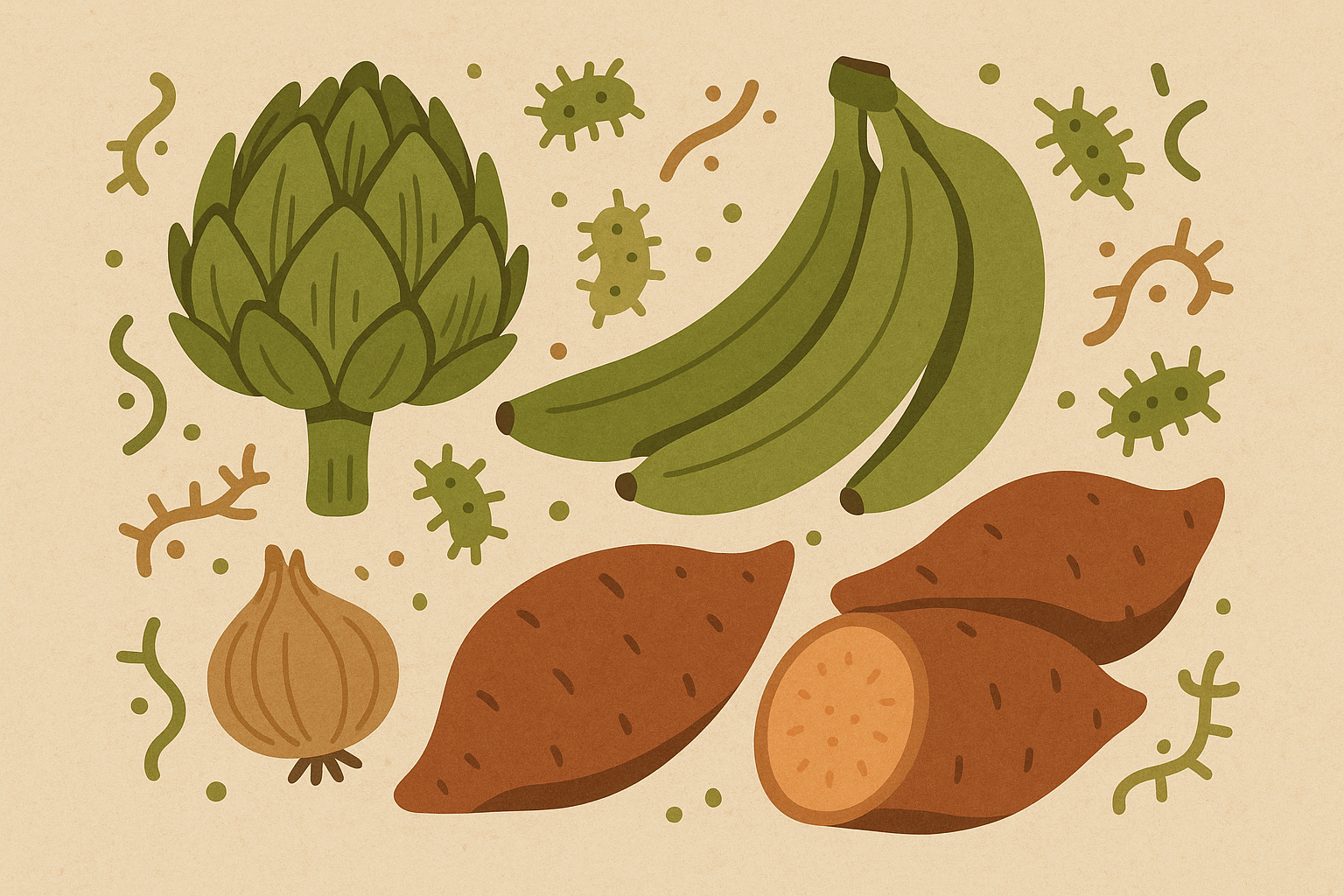
Final Thoughts
I’ve spent years watching people struggle with 2400-calorie meal plans that should work but don’t. The difference between success and frustration often comes down to these hidden metabolic factors that most approaches completely ignore.
Your body isn’t a simple calculator where calories in equals calories out. It’s a complex biological system with rhythms, preferences, and individual quirks that demand respect and understanding. When you start working with your biology instead of against it, everything changes.
The strategies I’ve outlined here aren’t just theoretical – they’re practical applications of cutting-edge research that you can implement starting today. Whether it’s timing your largest meal during your metabolic peak, optimizing nutrient absorption through strategic food pairing, or adjusting your approach based on your genetic makeup, each element builds on the others to create a comprehensive system.
Look, I know this sounds like a lot of work, but here’s why it matters: you could be doing everything right on paper and still struggling. Will this work overnight? Nope. Will it work if you stick with it? Absolutely. I’m not saying you need to do all of this perfectly – even small changes can make a big difference. Some days you’ll nail it, some days you won’t. That’s normal and totally okay.
Start simple: eat your biggest meal at lunch instead of dinner. That’s it. Try it for a week and see how you feel. Once you understand how your body actually works, everything becomes so much easier. You’ve got this.
At Organic Authority, we understand that true wellness goes beyond generic meal plans and one-size-fits-all approaches. Our carefully curated supplements and nutrition products are designed to support the kind of personalized, science-based approach to health that actually delivers results. If you’re ready to move beyond basic calorie counting toward a meal plan that works with your unique biology, explore our collection of premium nutrition solutions that complement these advanced strategies.

